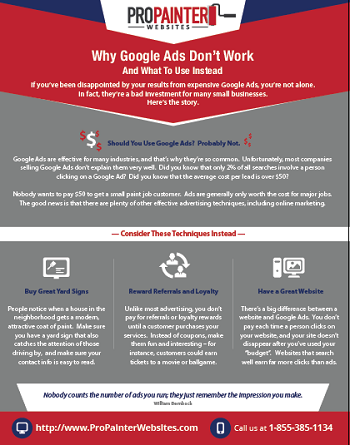Seasonal Factors In Commercial Exterior Painting: Trick Insights You Need To Recognize
Seasonal Factors In Commercial Exterior Painting: Trick Insights You Need To Recognize
Blog Article
Staff Writer-Doherty Rosendal
When you're planning a business exterior painting job, seasonal aspects can make or damage your results. You'll intend to consider exactly how temperature level and humidity influence paint application and drying out times. Choosing the best season can ensure your paint adheres effectively and lasts much longer. Yet which seasons are truly the very best for this sort of work? Let's discover the key elements that can impact your project's success.
The Influence of Temperature Level on Paint Application
When you're intending a business exterior painting task, the temperature can considerably impact how well the paint sticks and dries.
Ideally, you want to paint when temperature levels vary in between 50 ° F and 85 ° F. If it's too cold, the paint might not heal properly, causing issues like peeling off or breaking.
On the other side, if it's as well hot, the paint can dry out too promptly, protecting against correct adhesion and resulting in an irregular coating.
You should likewise take into consideration the time of day; early morning or late afternoon offers cooler temperature levels, which can be much more desirable.
Always check the maker's referrals for the details paint you're making use of, as they commonly provide guidance on the suitable temperature level variety for optimum results.
Moisture and Its Impact on Drying Times
Temperature isn't the only environmental variable that influences your commercial exterior painting task; humidity plays a substantial duty as well. High humidity levels can decrease drying times substantially, influencing the overall top quality of your paint task.
When the air is filled with dampness, the paint takes longer to cure, which can bring about issues like poor adhesion and a greater risk of mold growth. If you're painting on an especially damp day, be prepared for extensive wait times in between layers.
mouse click the up coming internet site to monitor local weather and plan accordingly. Preferably, go for moisture degrees between 40% and 70% for ideal drying out.
Maintaining these factors in mind ensures your project stays on track and provides a long-term surface.
Best Seasons for Commercial Outside Painting Projects
What's the best season for your business external painting jobs?
Springtime and very early autumn are normally your best choices. Throughout these seasons, temperature levels are moderate, and humidity levels are usually lower, creating excellent problems for paint application and drying.
Stay clear of summer season's intense heat, which can create paint to completely dry also promptly, bring about inadequate adhesion and surface. In a similar way, winter months's cool temperatures can impede appropriate drying and healing, taking the chance of the durability of your paint work.
Go for days with temperatures between 50 ° F and 85 ° F for optimum outcomes. Keep in how long does paint last in a can to check the regional weather forecast for rain, as wet problems can spoil your job.
Preparation around these aspects guarantees your paint job runs smoothly and lasts much longer.
Final thought
Finally, planning your commercial outside paint jobs around seasonal factors to consider can make a significant difference in the outcome. By scheduling work throughout the perfect temperatures and moisture degrees, you'll guarantee far better bond and drying out times. Keep in mind to keep an eye on neighborhood weather prediction and choose the correct time of year-- spring and early loss are your best choices. Taking these actions will certainly assist you achieve a durable and professional coating that lasts.
